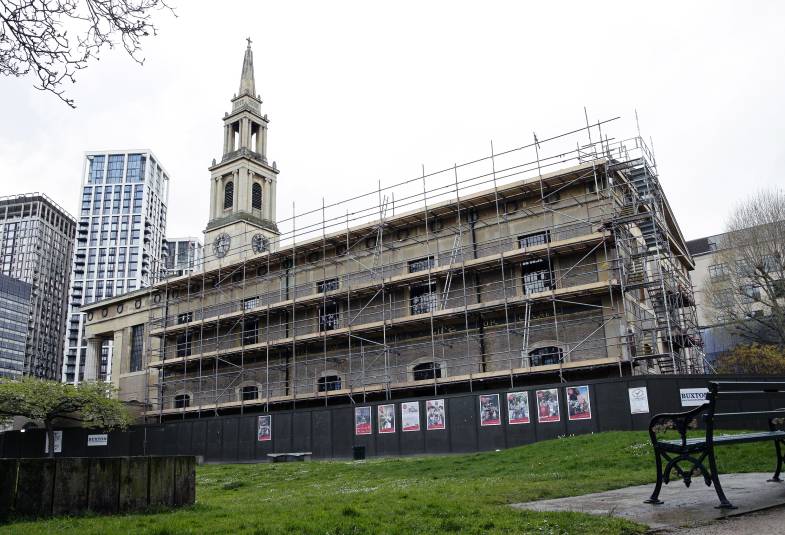Embodied carbon is the carbon associated with the material extraction, transport, manufacture and installation of a product. Whilst embodied carbon is not in scope of the Church of England’s net zero carbon target until after 2030, churches can take action now, and it is important to consider when carrying out maintenance and renovations to further aid emissions reduction.

This guidance outlines rules of thumb that can be applied to all projects. In summary, consider the principles:
- Retain/reuse/repair/recycle or upgrade before disposal/rebuild
- Avoid large changes for small energy savings
When new items or rebuilding are required:
- Retain materials and structures
- Use less material
- Use salvaged materials
- Use recycled materials
- Use natural materials
- Use long-lasting products
- Find products/suppliers with a low carbon footprint through using clean energy, low carbon supply chains and less transport
- Consider waste disposal
The guidance covers smaller projects where it may not be cost-effective to consult with specialists to help reduce embodied carbon. It also presents additional rules of thumb that could be applied to large-scale projects where it may be possible to engage with the wider design and construction team to collaboratively work to lower the carbon impact.